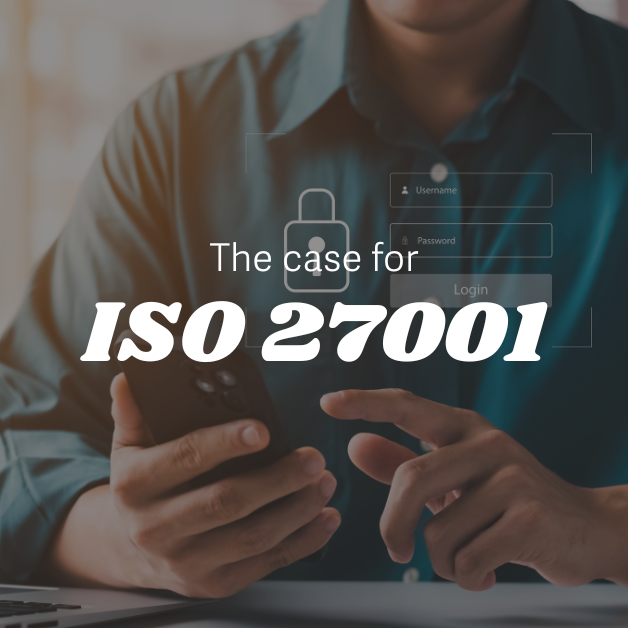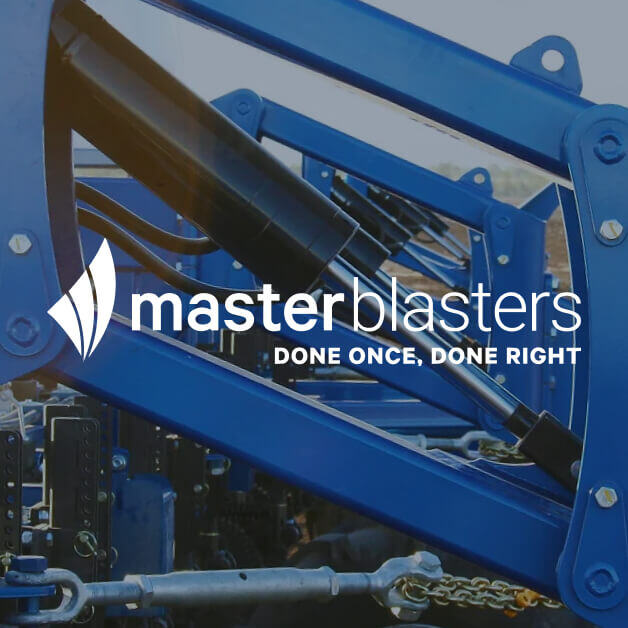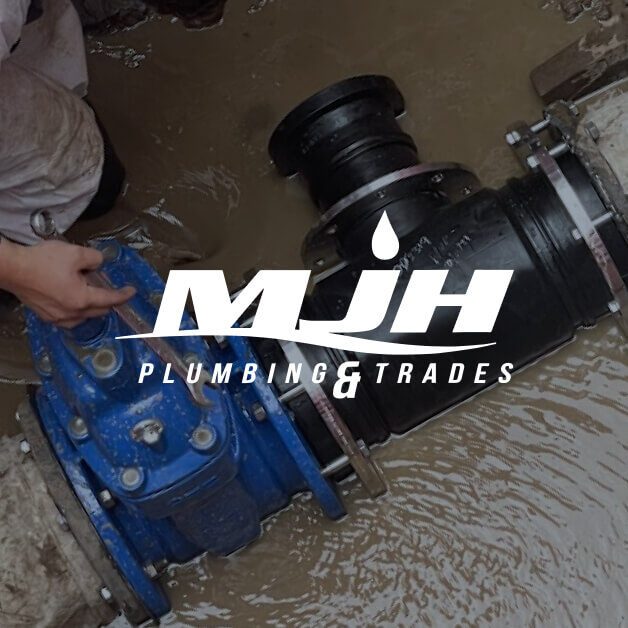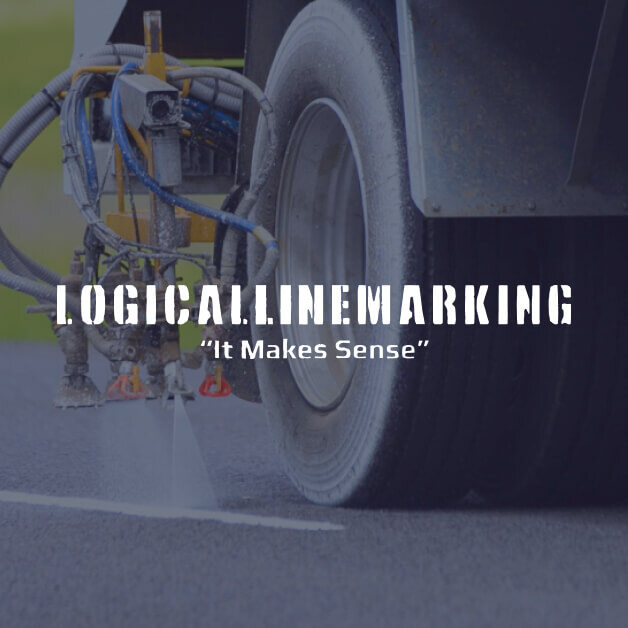Tired of the same old audits?
We believe in doing things differently
We know businesses are tired of the same old tick-and-flick approach – following the same old checklist, coming up with the same old conclusions. Which is why we have built our reputation around Certification Differently™.
We want the organisations we work with – both big and small – to see the benefits and success that ISO Certification can facilitate. Working with the right certification body can drive material improvements in system performance, resilience and reliability.


Our Approach
Personal. Collaborative. Value-adding.
More than a tick.
Year-round support
Our Lead Auditors are available anytime – not only during the annual audits – to assist clients with any challenges or questions that arise, providing support beyond the audit.
Value-adding audits
We focus on continual improvement, becoming a partner in our clients’ long-term success. Our goal is to add value at every audit, not just tick the boxes.
No complicated jargon
We don’t provide complicated reports full of unhelpful jargon. Our auditors help clients understand their systems to improve their business.
How we Help
Management System Certifications
Quality Management System Certification
Demonstrate your ability to consistently provide products and services that meet customer and regulatory requirements, with the aim of enhancing customer satisfaction through certification to the ISO 9001:2015 standard.
Safety Management System Certification
Establish and maintain a management system to improve the welfare, health and safety of employees at the workplace, and achieve the globally-recognised standard for Occupational Health & Safety – ISO 45001:2018.
Environmental Management System Certification
Provide assurance to clients, employees and stakeholders that your environmental impact is being measured, managed and improved, with an Environmental Management System certified to ISO 14001:2015.
Information Security Management System Certification
Reassure customers and clients that your organisation effectively manages the security of digital assets through a robust Information Security Management System that is certified to ISO 27001:2022.
Trusted by leading companies across Australia, New Zealand and the Asia Pacific
Your auditors were extremely helpful to show and explain to me best practice and really refine and give me great examples of how it can be done.
Kaitlyn Moore
Creative Director, Iconic Columns and Structures
No company is bulletproof—not even the Pentagon or CIA. Everyone has been hacked at some point. While we might expect these organisations to be leaders in cybersecurity, we understand that it requires targeted effort required to do that work. That's what has changed the game.
Cristiano Pires
Executive Director
It’s not about what we find, it’s about how we deal with what we find. If the system’s broken from an audit finding, it means it’s broken for the business. It means it needs improving.
Krystal Fish
HSEQ Officer, NT Link
If you're getting ISO certification to keep your clients happy, you're doing it for the wrong reason.
Nick King
General Manager
It's so important that it is who you are as a business, not just something you do.
Lorinda Stiles
Master Blasters
Southpac’s team took us through a step-by-step, systematic process, which made everything feel logical and manageable.
Michelle Safely
General Manager
We enjoyed the process, and I would have to recommend it to any business that wants to strengthen themselves in the industry they are in. I think it’s a great benefit for anyone.
Mick Crighton
Director, Geological Solutions
It’s about ensuring that our clients are confident they’re dealing with a company that operates at a high standard.
Chris Redondo
CEO
I'm using it as structure for the business, for bringing in new systems and procedures. It's a good backbone.
Mitch Ham
Owner, MJH Plumbing & Trades
I felt it was more of a partnership than an auditor coming in and saying, this is wrong, that's wrong.
James Harriman
Managing Director, Logical Line Marking
If you have a dream set up, you have to make sure you can achieve it.
Blesson Chacko
General Manager, GNB Energy
ISO 27001 is a must-have for us to demonstrate to our customers that we don't just advise; we apply the same standards and have the experience to back it up.
Bruno Lima
Lead System Engineer – Empire Technologies
It was a really good experience. [Southpac] didn't create any unnecessary hurdles.
Robert Neagle
Managing Director, All Industries Group
Driving your Success
A team you can count on
Our focus is on continuous improvement for our client’s long-term success, rather than an annual tick-and-flick approach. With this resolve in mind, all our experienced auditors are committed to equipping organisations with the knowledge, skills, and tools to create a culture that fosters collaboration between systems, staff, clients, and stakeholders. If it’s better for your business, we want you to achieve it.


 Follow us to stay up to date
Follow us to stay up to date
Get the latest news, insights and events


Free ISO 9001 Checklist
Get ready to achieve ISO 9001 certification
This handy guide outlines 16 things you need to have in place to get your Quality Management System ready for ISO 9001 certification.
Latest Resources
Your one-stop shop for certification content














![It was a really good experience. [Southpac] didn't create any unnecessary hurdles.](https://southpaccertifications.com/hs-fs/hubfs/img_casestudy_aig_628x628px.jpg?width=628&name=img_casestudy_aig_628x628px.jpg)










